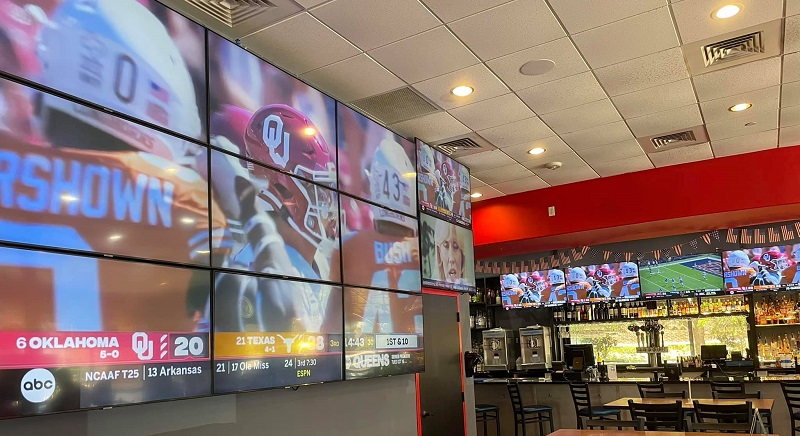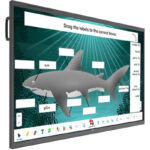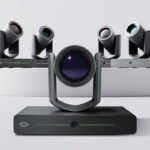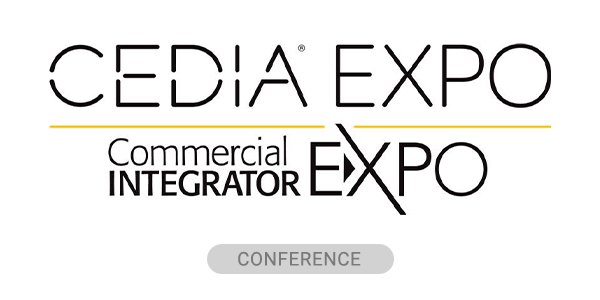There’s an old expression that perfectly captures how a lot of bar, restaurant and brewery owners feel about their AV systems: “Marry in haste, repent at leisure.” Many hospitality businesses install a slapped-together AV system at launch, and then spend years hating it.
After over a decade spent working in AV, I’ve worked on a lot of light commercial upgrades. Genuinely, it often seems like the most efficient solution would be to invent and construct a time machine to prevent bad decisions from being made. Even more frustrating, I see the same problems over and over. However, these common pitfalls do represent a business opportunity. Without a DeLorean, magical hot tub or TARDIS, the next best option for integrators is a tidy upgrade package.
Last Thought, First Regret
Opening a restaurant is very expensive — the median cost is around $275,000 and that’s only if you’re renting the space instead of buying. There are so many unavoidable upfront costs, from licensing and permits to kitchen equipment and payment systems, that most restaurants start out deeply in debt. It’s a notoriously low-margin business as well — while successful bars can earn up to 15% net profits, full-service restaurants only clear an average of 3 to 5%.
In this challenging financial picture, AV seems like one of the few corners hospitality entrepreneurs can safely cut. They usually recognize they need something — a little background music, maybe a few screens above the bar — but they’ll do the minimum possible to skate by for opening.
The resulting “systems” share some common features: exposed wiring, poor audio coverage and intelligibility, and inadequate screen sizes for the intended viewing area. I often see very nice spaces marred by hang-and-bang installations with visible infrastructure and home theater components that are totally inappropriate for a commercial application.
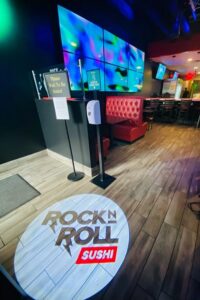
With a simple, scalable upgrade package, integrators can offer clients an affordable solution that will support their business’s current and future needs.
Eventually, these subpar systems cause friction for the business. Employees struggle to operate systems with opaque, kludged-together controls. Consumer audio components suffer from static, distortion and general wear and tear. Often, the tipping point for a refresh is competition: someone down the street installs bigger and better gear, luring customers away.
Elements of an Upgrade
This is your opportunity to be the hero. With a simple, scalable upgrade package, you can offer clients an affordable solution that will support their business’s current and future needs.
Here are some of the elements that find their way into practically every hospitality upgrade proposal I work on. With these as a basis, you can customize to suit a wide range of light commercial applications.
- 70V Pendant Speakers: Bars and restaurants almost always underestimate the number of speakers required for their listening area and noise floor. Improving audio intelligibility without elevating sound pressure near the speakers to a deafening level means installing more speakers to achieve uniform coverage. Pendant speakers can be retrofitted easily without the need to shut down any areas for more intensive renovation.
- Powerful Amp with built-in DSP: More speakers need more power. A solid 1000W amplifier will suffice for most bars and restaurants with a little room to scale. If you choose a device with a built-in DSP, you’ll also have a cost-effective means of correcting for some of the industry’s more acoustically challenging design trends, like tile and concrete surfaces, open ceilings and giant glass windows.
- Programmable Keypad: The hospitality business is subject to very high turnover. That means the basic system operations should require zero learning curve, with no menus to navigate or remotes to lose. Very little is simpler than pushing a button: a clearly labelled programmable keypad ensures even the newest employees can operate the system without intensive training.
- Optional Videowall Package: Many clients don’t ask about videowalls because they assume they can’t afford one. Costs have come down dramatically, however, especially for LCD-based systems. I recommend including a videowall “mini-package” in any hospitality proposal with display. When a client sees they can get a statement videowall, including screens, controller, power and hardware for the low-to-mid five figures, they suddenly can’t picture their space without one.
- AVoIP Distribution: If a client can’t afford to make all their needed upgrades at once, moving them onto a network-based distribution platform gives them excellent scalability for future upgrades. It also doesn’t hurt that CAT cable is relatively cheap and easy to run. AVoIP distribution will ultimately save infrastructure and labor costs as the system scales.
- Wireless Extender(s): Of course, sometimes running cable is a non-starter. Thanks to maturing technology, however, you can now reliably transport even 4K HDMI wirelessly, getting some of those unsightly wires off your clients’ walls.
Final Thoughts
In reality, even a time machine can’t fix the forces that lead hospitality clients to under-invest in AV at launch. Once a business is ready to upgrade, integrators need to be prepared to meet them in the middle with affordable solutions designed to scale over time and which can be installed with minimal disruption to normal operation. With a flexible, foundational package, you can help hospitality clients make their AV experiences as welcoming as the rest of their brand.
Brandon White is director of new product development at Vanco.

